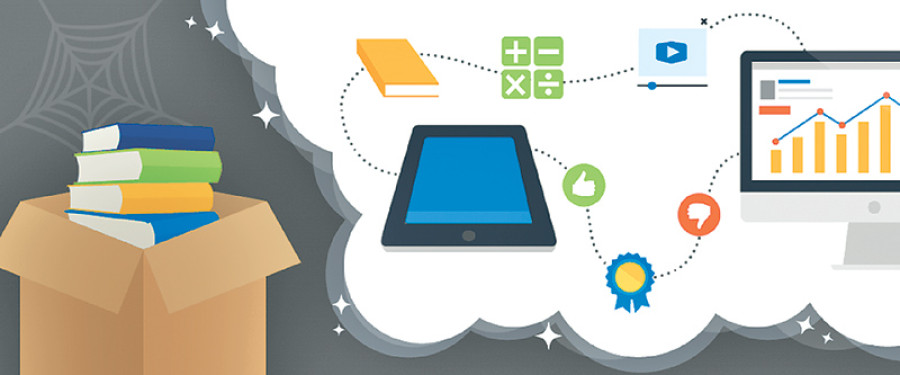Notes on ICT

ICT: Introduction and evolution
Information creation and communication are both possible with technology. According to UNESCO,
“ICT is a diverse set of technological tools and resources used to transmit, store, create, share or exchange information”. ICT is a field of study that deals with the production and dissemination of information. We can't survive by ourselves. We must engage in conversation and interaction with both our surroundings and one another. In the past, people communicated through messengers, pigeons, smoke signals, and drum noises. These forms of communication were generally sluggish, unreliable, and occasionally dangerous. The forms and methods of communication are changing quickly as a result of new technologies. The way we communicate has changed dramatically thanks to innovations in radio, television, computers, telephones, smartphones, digital cameras, laptops, and interactive boards. These connect far-off places quickly and are incredibly fast. We can quickly learn about events happening throughout the world and convey messages across the world with ease. With the development of several technological instruments, we can now generate, store, and manage information in addition to communicating. Information and communication technologies encompass the wide range of technological resources and instruments needed to create, manage, alter, store, and convey digital information (ICTs).
ICT: Conception and Misconceptions
Technology is not a standalone phenomenon. ICT makes contributions along a line of activity at different locations where Knowledge, experience, and goods are the main byproducts .Activities use ICT, and the use of ICT depends on the activities.People frequently believe that computers are solely for nerds. The steps that computers require to process through make life complicated and an otherwise straightforward system, they add pointless complexity. Compared to the advantages, they require more maintenance. It's a common misperception that investing in technology will make you more powerful. ICT-enhanced educational activities shouldn't be seen as a replacement for traditional schooling.
ICT: Opportunities
The growth of the GDP and ICT are closely related. A World Bank analysis states that every 10% growth in broadband penetration will affect high-income economies by 1.21% and low- and middle-income economies by 1.38%. By tackling major issues and releasing growth potential in numerous social and economic sectors, including agriculture, education, tourism, urban infrastructure, health, energy, finance, and disaster management, effective ICT implementation would promote socio economic growth.
ICT: Challenges
The accessibility of technology in places like public schools with the frequent power outages in several rural locations and the high cost of operating generators can prove to be a challenge in ICT. The lack of trained instructors who will effectively use ICTs, as well as qualified teachers is also a major setback for ICT implementation. Adding to that cultural alterations and customs with High internet costs and sluggish internet will definitely slow down the ICTpenetration in education.
ICT: Way forward
ICT appears to be widely recognized as a tool and infrastructure for providing information and services to the public, as well as for facilitating communication among service users—most notably, those in the digital society—through interactions. It takes a lot more than just having the right infrastructure, ICT expertise, and tools in place to use ICT to provide a higher quality of life. ICT must be eco-friendly, have a genuine and noticeable influence, be sustainable, seamless, reach the grassroots, and most importantly, be able to produce repeatable results if it is to address the real issues facing society.
Comments
Post a Comment